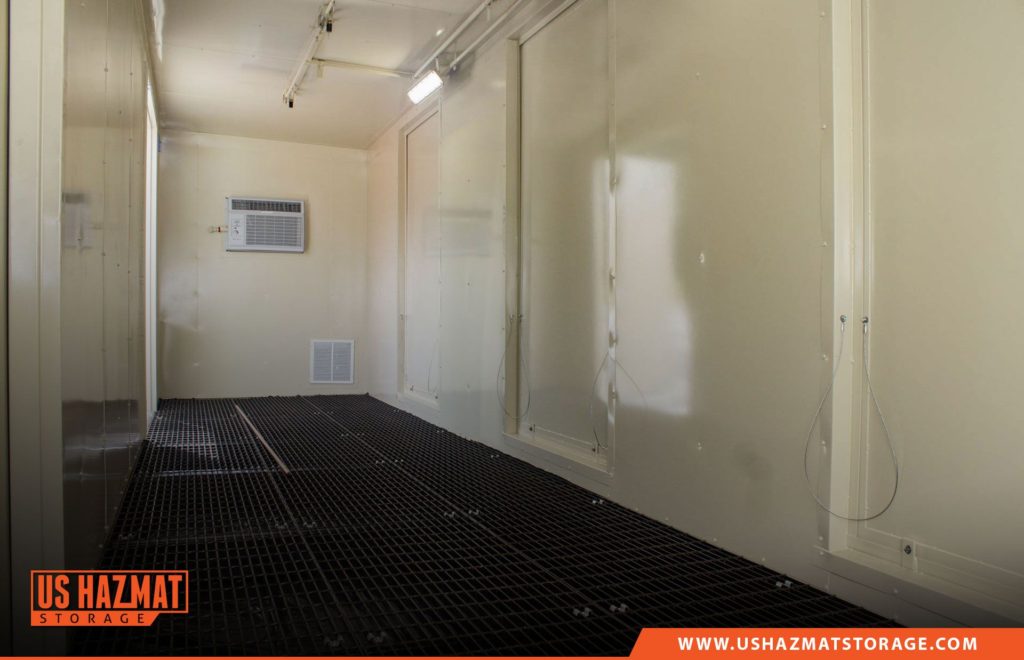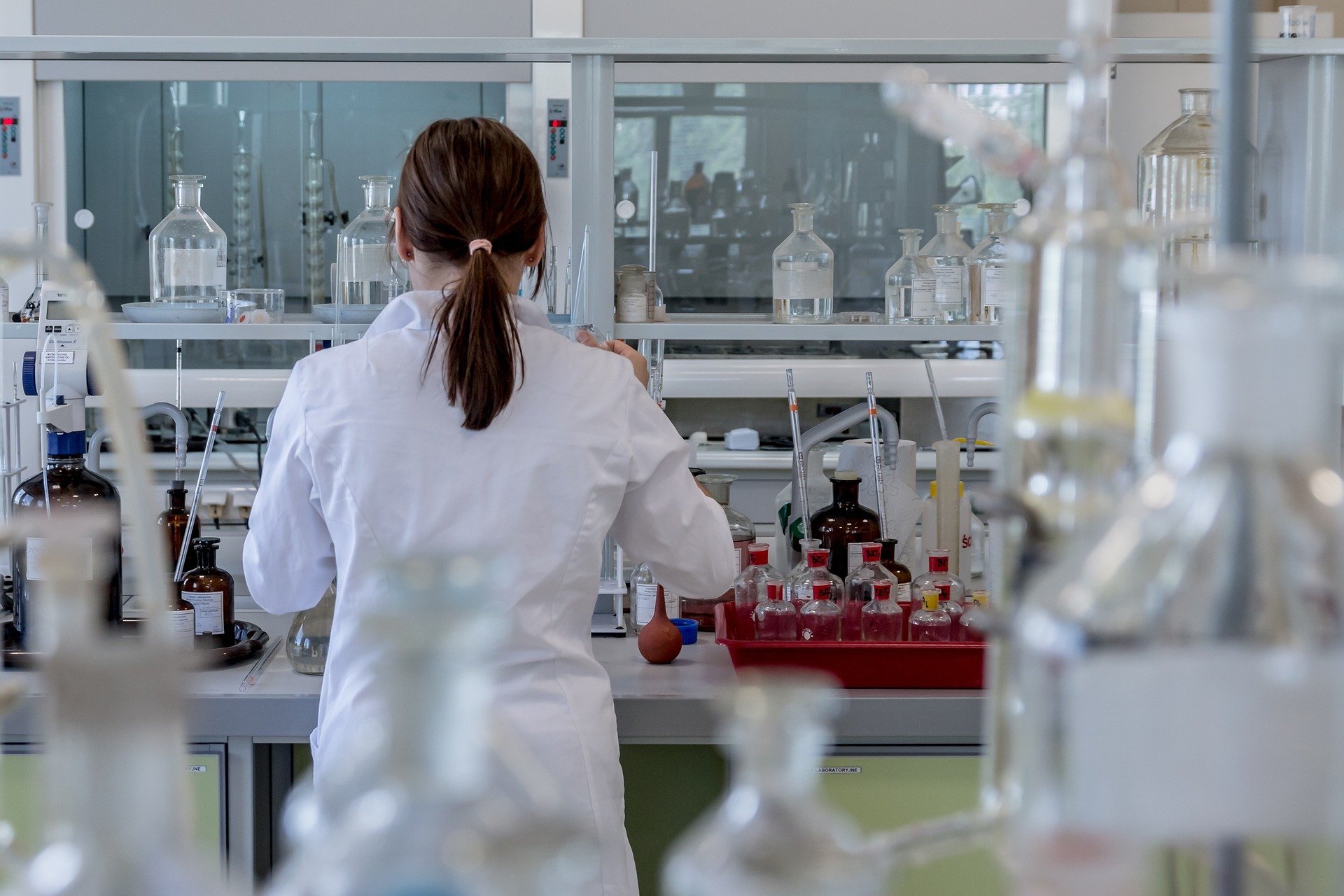
Laboratories are the staging grounds for medical breakthroughs and delivering time-sensitive patient diagnosis. As the nerve centers for hospitals and research centers, laboratories are a world apart from our daily dominions. In these controlled, sterile environments, medical laboratories are performing gauntlets of tests and vetting microorganisms as potential pathogens. As esteemed pathologists peer into an invisible world with microscopes, they gain a better understanding of potential diseases and how new technologies can circumvent outbreaks. But like any medical facility, laboratories can become a detriment to the communities they serve if not properly secured. Compliant laboratory chemical storage can prevent dangerous chemicals from harming staff and compromising the safety of a not-so-sterile world.
Securing Deadly Pathogens
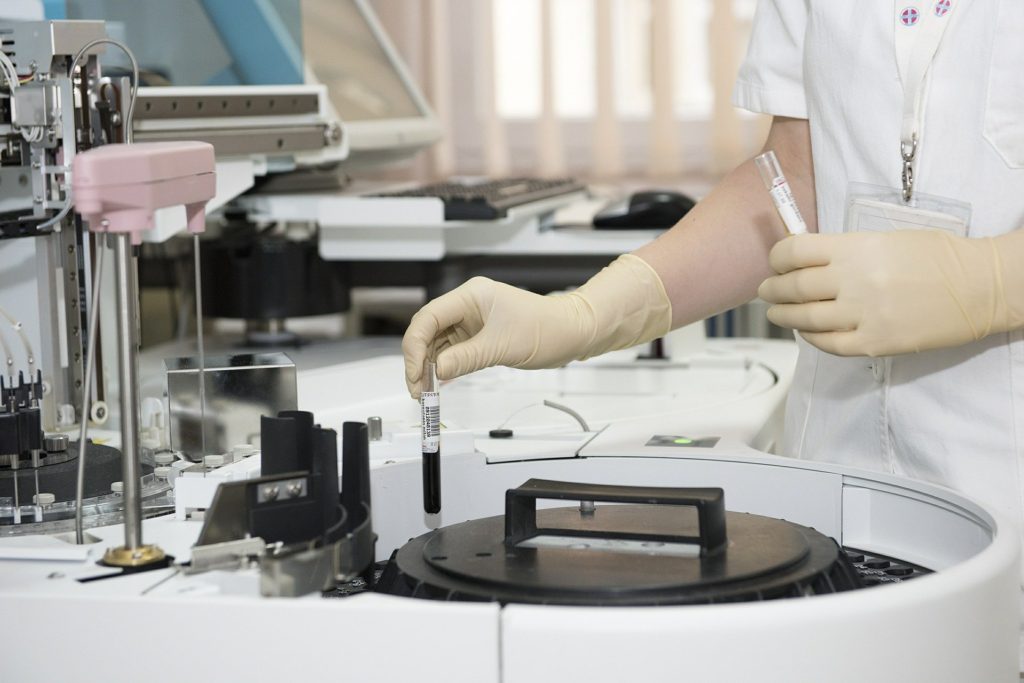
Insidious threats lurk within laboratories. From Jan. 1, 2014 to June 1, 2020, the University of North Carolina at Chapel Hill reported more than 20 incidents involving genetically altered organisms. Six of those included various lab-created coronaviruses. Not to be confused with the 2020 novel coronavirus outbreak, these lab created viruses were used to study how the pathogens affected mice. These incidents included escaped mice that was eventually returned to its cage, spilled aerosolized droplets, contaminated bedding, and even a mouse bite to a researcher’s finger. None of these incidents resulted in a public emergency or a new strain of SARS, but it does underscore the importance of laboratory safety.
For long-term storage, many pathogens and microorganisms should be stored in temperatures below freezing or cryopreserved. Colder storage will return allow for the culture to retain viable cells for future use. Biomedical freezers can also be split into three categories for laboratory, ultralow and cryogenic classification. Our laboratory chemical storage buildings can be easily outfitted with optional climate control chemical segregation to meet the stringent specifications of medical laboratories and research facilities.
Protecting Dangerous Chemicals
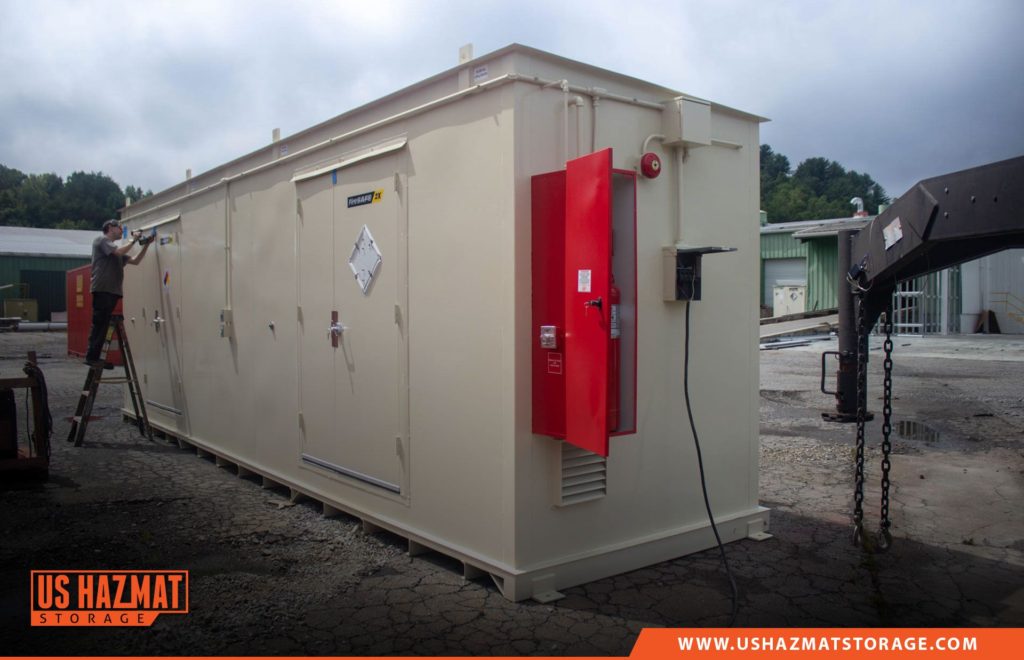
Laboratories require a diverse chemical arsenal to conduct tissue diagnosis and batteries of test. Below is a list of some of the more common chemicals that can be found in any laboratory setting.
- Arsenic trioxide
- Chlorine
- Hydrogen cyanide
- Nitrous oxide
- Phosgene Potassium Cyanide
- Sodium Arsenate
As you might have gathered, differing classifications of dangerous chemical require segregated storage. Metal partitioned walls and heavy secure locking doors can create compliant laboratory chemical storage for different classifications of dangerous chemicals. Mechanical ventilation can also prevent airborne particles and vapors from accumulating in vulnerable areas before contaminating other specimens or interacting with incompatible materials. Because many common laboratory chemicals are flammable, we also offer fire suppression options to immediately douse flames in the event of a fire.
Chemical Storage Lockers Can Complement Any Laboratory Setting
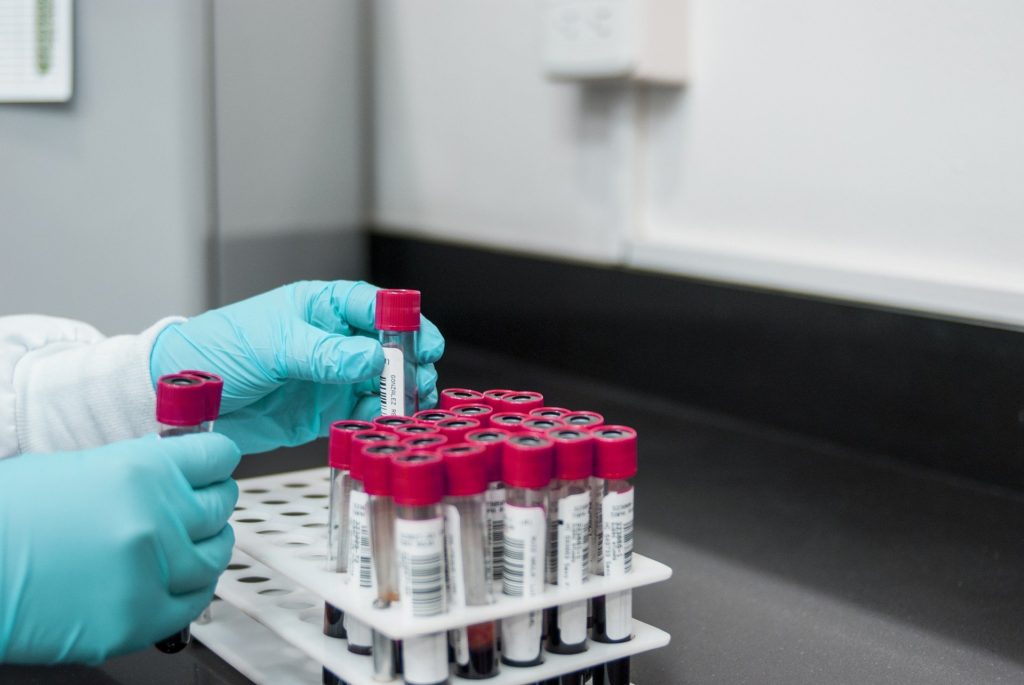
Our fire rated and non fire-rated chemical storage lockers can be easily implemented in any hospital or medical facility. External storage can complement current facility storage capabilities while alleviating overstressed departments. If the coronavirus pandemic has taught us anything, it’s the value of safety and preparedness. Having excess storage capacities will allow hospitals and medical facilities to stockpile PPE, bandages, tests and even blood stockpiles anticipate shortages in the event of a localized catastrophe.
